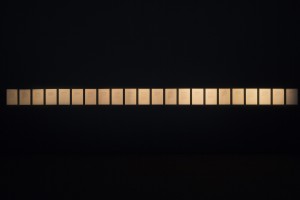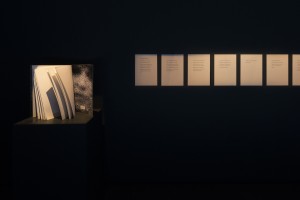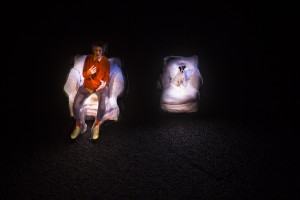How to explain YouTube to a dead hare
You may not know this, but late in 2012, Anish Kapoor released a version of Psy’s ‘Gangnam style’ in support of the plight of Ai Weiwei. (Ai’s freedom from incarceration by the Chinese state is a pet crusade of click-happy slactivists the world over. You really must do your research before coming to my Stamm; I can’t spoon-feed you forever.) And not since 1984, when a Republican advisor said to Ronald Reagan, ‘Let’s put some heartland rock into this campaign—try talking about that patriotic Bruce Springsteen number with the cheerful birthplace affirmation’—has such embarrassment resulted from one man’s attempt to rouse the masses through song.
If a lesson can be drawn from these disparate musical forays, it is this: the appropriation of a pop culture phenomenon is fraught with risk, particularly for those who don’t know how to dance.
Joseph Beuys couldn’t dance but at least the man wrote his own material. In 1982, he produced ‘Sonne statt Reagan’, three minutes of anti-nuclear, anti-Reagan Euro pop featuring Jesus Christ on drums.
With little attention to the mainstream appeal of her work, Laurie Anderson has been exploring the relationship between technology and communication for over thirty years. An artist, musician and ceaseless innovator, her curriculum vitae reads like one written by an ambitious yet troubled adolescent avoiding their geography homework. To wit: Anderson invented a voice filter enabling her to speak in a masculine register; she invented a vegan fiddle bow; she was the first and only artist-in-residence at NASA; in 2007, she received an award for her ‘outstanding contribution to the beauty of the world and to mankind’s enjoyment and understanding of life’; and in 2010 she collaborated with husband Lou Reed to perform a concert at the Sydney Opera House—for dogs.
Anderson is a renowned raconteur. Fitting then, that the Anne & Gordon Samstag Museum of Art’s survey exhibition The language of the future was selective, intelligent, engrossing and affecting—testament to the power of expert storytelling. At the opening, Anderson spoke of the death of her grandmother while playing an altered violin and balancing in skates atop two blocks of melting ice. I’m told that she was reluctant to have the performance filmed, most likely to privilege the experience of her attentive audience. Or maybe she’s seen enough crappy video on the internet, and suspects that YouTube is where avant-gardism goes to die.
Laurie Anderson, The language of the future, the Anne & Gordon Samstag Museum of Art, University of South Australia, Adelaide, 1 March – 19 April 2013.


